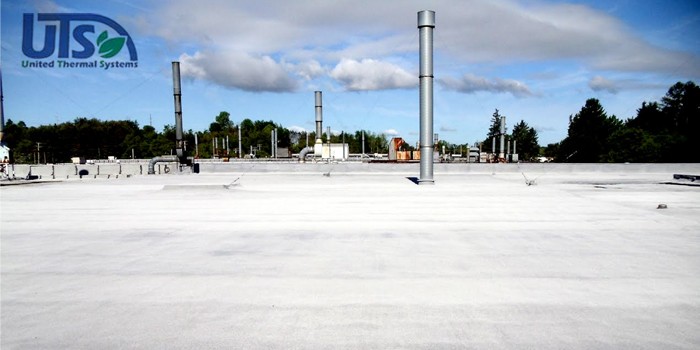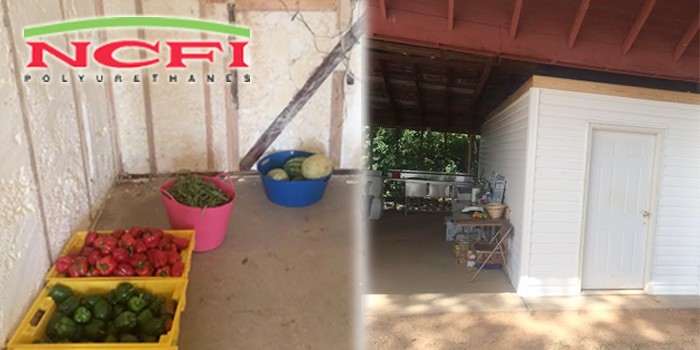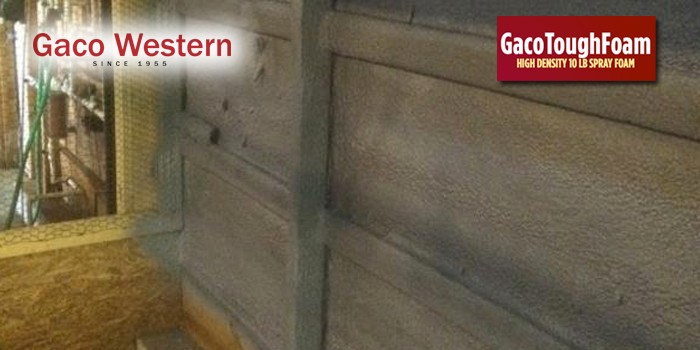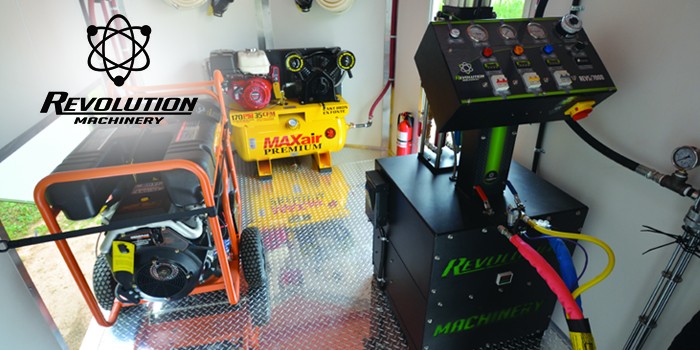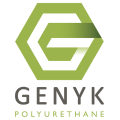Green Life Energy Solutions Sees the Benefits of Insulating with Spray Foam
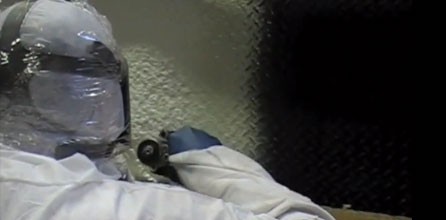
NEW JERSEY - June 13, 2011 - Ed Ryan founded Green Life Energy Solutions in 2007 after having worked with spray foam for a number of years, he recently said in an interview.
Ryan affirmed that seven years ago he was a fiberglass residential and commercial contractor working on a number of projects. He then began to receive an inordinate number of inquiries from interested businesses and homeowners about spray foam. However, he was not a trained spray foam professional at the time and he had to subcontract them out.
That lost business bothered the entrepreneur, who was not impressed with the quality of work he saw some companies were performing when they applied spray foam during projects.
"I decided to buy a rig and go into business myself," he affirmed.
Now, Ryan works with a number of insulation products, including spray foam. He uses fiberglass and mineral wool as well when he is working on projects, but he said that spray foam has elicited the most positive responses from his customers. Routinely, he said, his customers will contact him following the completion of a job where spray foam was applied to tell him how different their homes and office buildings feel.
"The customers with the highest satisfaction rates or comments and people that noticed how significantly different their homes felt - along with big cuts in energy bills - was because of spray foam," Ryan said.
Green Life Energy targets a wide swath of the market, including houses and businesses, and Ryan asserts that no project is too small or large for him to consider. When asked about the future growth prospects within the industry for spray foam, Ryan said that he projects spray foam will likely assume an increasingly large market share over the coming decade.
"Until there is a significant change in America's construction techniques, spray foam insulation will continue to enjoy market share gains over fiberglass," Ryan asserted.
When his company is applying spray foam, Ryan's crews use two kinds of rigs to apply the substance. One is a hydraulic PMC (formerly Gama) machine with a P2 dispensing gun, while the other is an electronic machine E30 manufactured by Graco.
Applying spray foam insulation in an averaged-sized home takes about three days to complete, and the technology works well with all renewable energy systems, according to Ryan.
Ultimately, Ryan hopes to help "bring the installed cost of spray foam down," which "in turn would help spray foam gain more market share and greater acceptance."
Disqus website name not provided.




